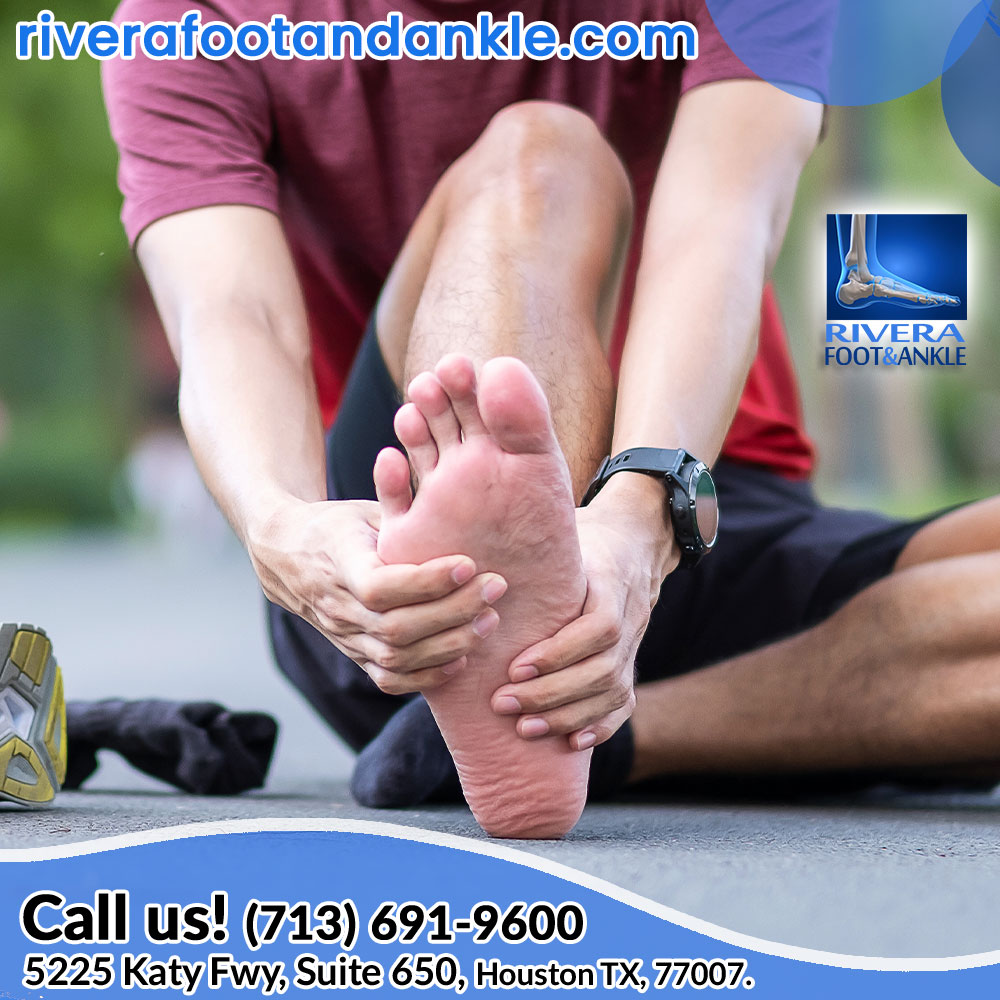
Advances in Bunion Surgery Lead to Faster, Less Painful Recovery
New techniques & custom surgical implants mean patients get back on their feet faster.
More than one in five adult Americans currently suffer from bunions, and nearly two-thirds will develop a bunion in their lifetime. For those considering surgery to relieve bunion pain, there is good news from the American College of Foot and Ankle Surgeons (ACFAS)—bunion surgery may not be as bad as you think.
"There is a common misunderstanding among patients considering bunion removal surgery that they won't be able to walk for weeks or months," said Alan R. Catanzariti, DPM, FACFAS, a Pittsburgh-based foot and ankle surgeon and Fellow Member of ACFAS. "The reality is that the surgery has changed dramatically in the last 10 years, and recovery time is often four to six weeks."
A bunion, clinically known as a hallux valgus deformity, is visible as a bump on the side of the foot near the base of the big toe and is caused by the misalignment of bones in the foot. Bunions begin with the big toe leaning inward toward the second toe. This movement gradually changes the angle of the bones, producing the characteristic bump. As bunions progress, they can become sore, inflamed and increasingly painful, especially if aggravated by tight shoes.
Bunions can often be treated nonsurgically with earlier interventions such as wearing shoes with a larger toe box. When bunion pain becomes a daily occurrence or limits a person's ability to enjoy hobbies or perform a job, surgical intervention can return a patient to optimal function. Anyone experiencing pain or discomfort from a bunion should seek care from a foot and ankle surgeon to discuss treatment options.
"Bunion surgeries have been performed for more than 100 years. Techniques used today ensure minimal pain, earlier and improved mobility and decrease the likelihood that a bunion will return later in life," said Luke Cicchinelli, DPM, FACFAS, an Arizona foot and ankle surgeon and Fellow Member of ACFAS.
Advances in surgery can be attributed to a number of technological advances, including evolution of fixation devices, anesthetic techniques and orthotics, such as custom walking boots.
RIVERA FOOT & ANKLE: At Orlando H.Rivera DPM, our priority is to deliver quality care to informed patients in a comfortable and convenient setting. When you have problems with your feet, you need to turn to a podiatrist who listens and responds… an experienced doctor who knows the field and can effectively diagnose and treat your needs… a friendly physician who counsels you on the best ways to maintain and improve your health. Our physician(s) meet all these criteria. Plus, you benefit from a dedicated team of trained professionals who give you the individualized attention you deserve.

Orlando H.Rivera DPM
Foot and Ankle, Dr. Orlando Rivera, Advanced Foot & Ankle Specialist, Foot and Ankle Podiatry, Houston Foot & Ankle Surgical, Treatment of Foot and Ankle, Foot & ankle specialists, Podiatrist in houston, podiatrist in houston, Orlando H.Rivera DPM, Houston Foot Doctor, Foot and Ankle Surgeon Houston, Ankle and Foot Specialist Houston, Podiatrist Houston, Foot Pain Houston.



